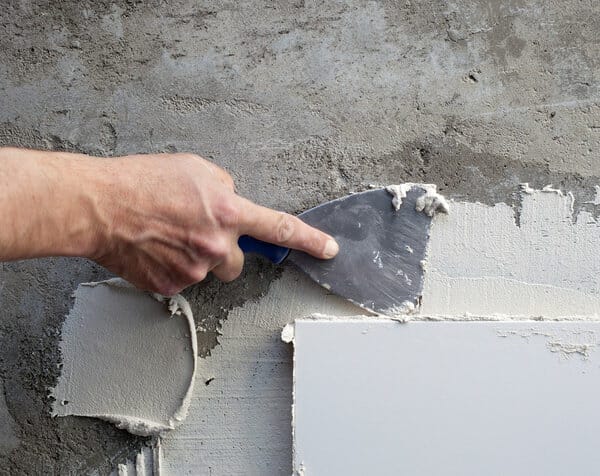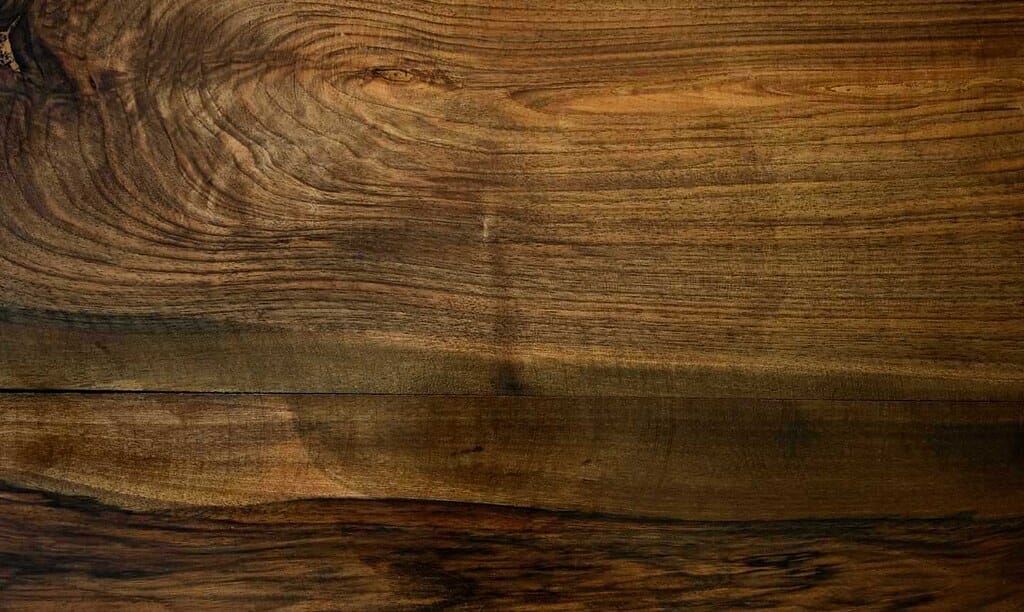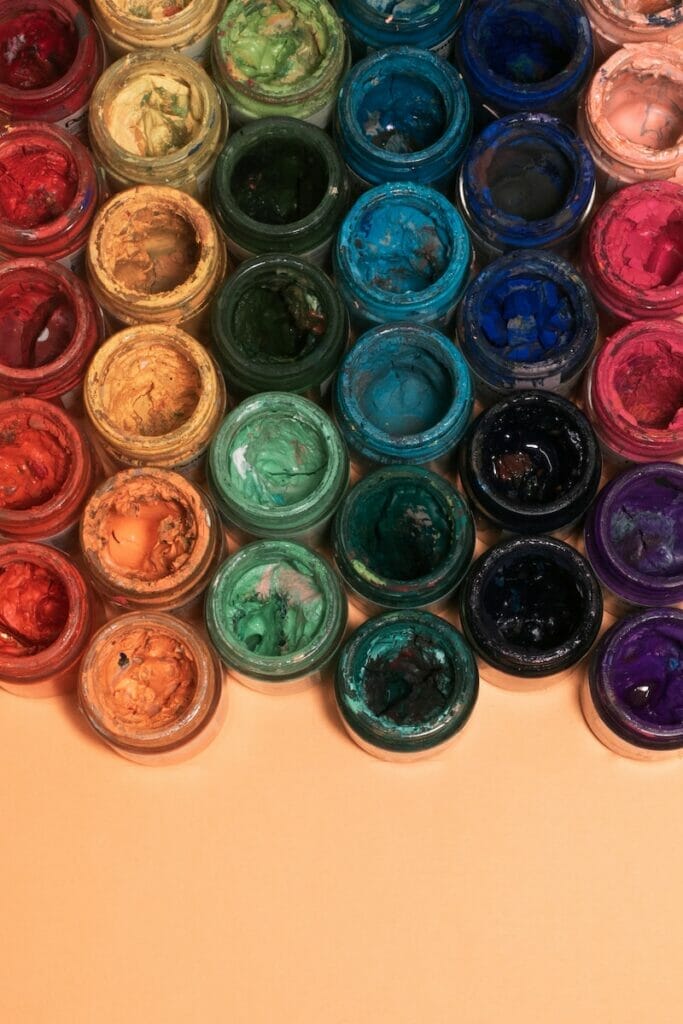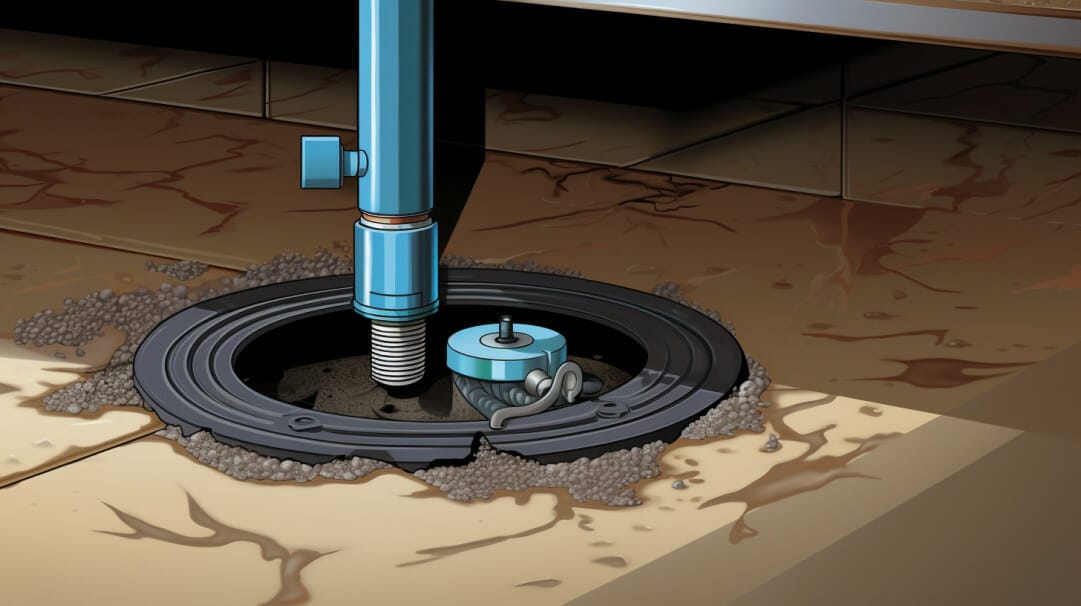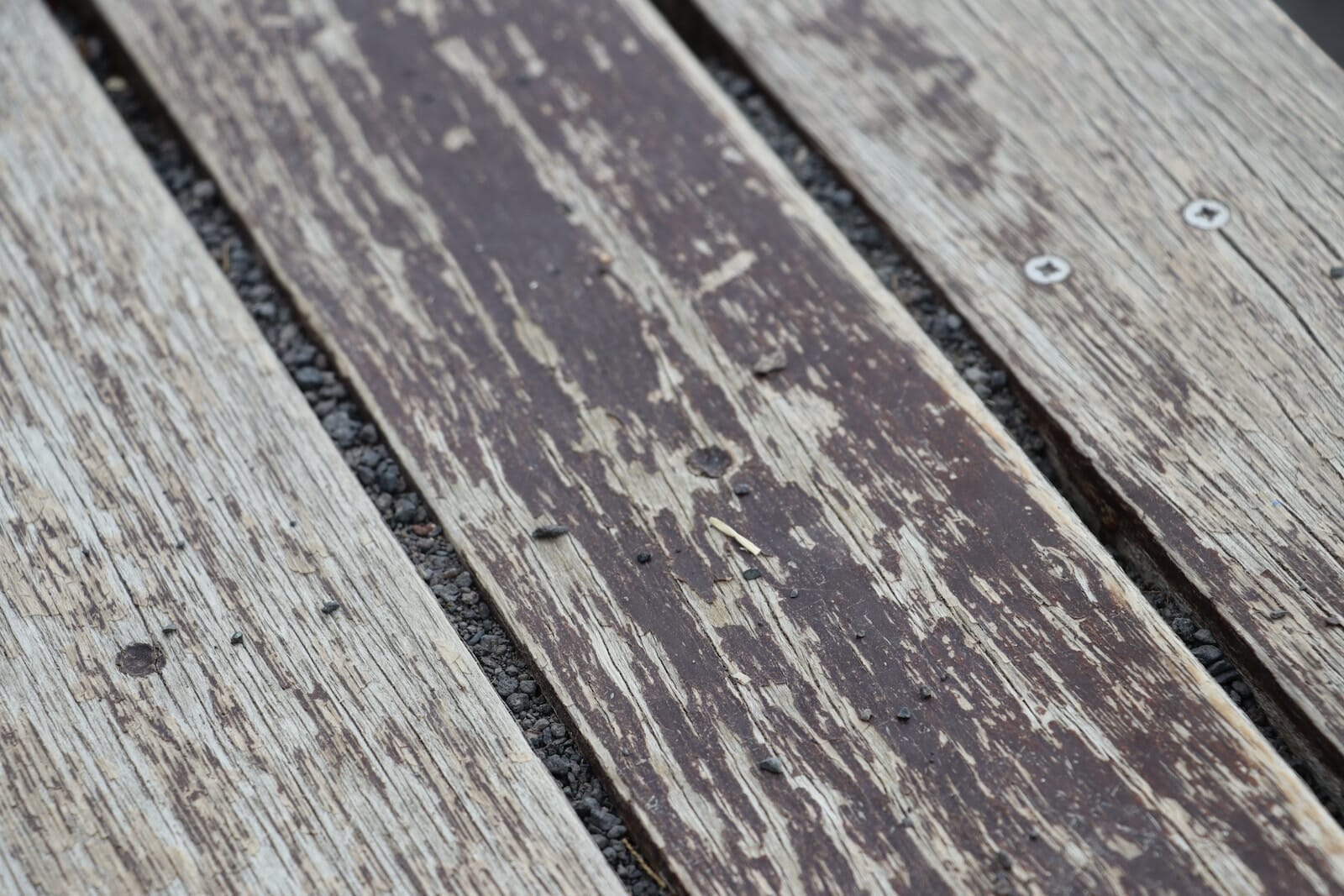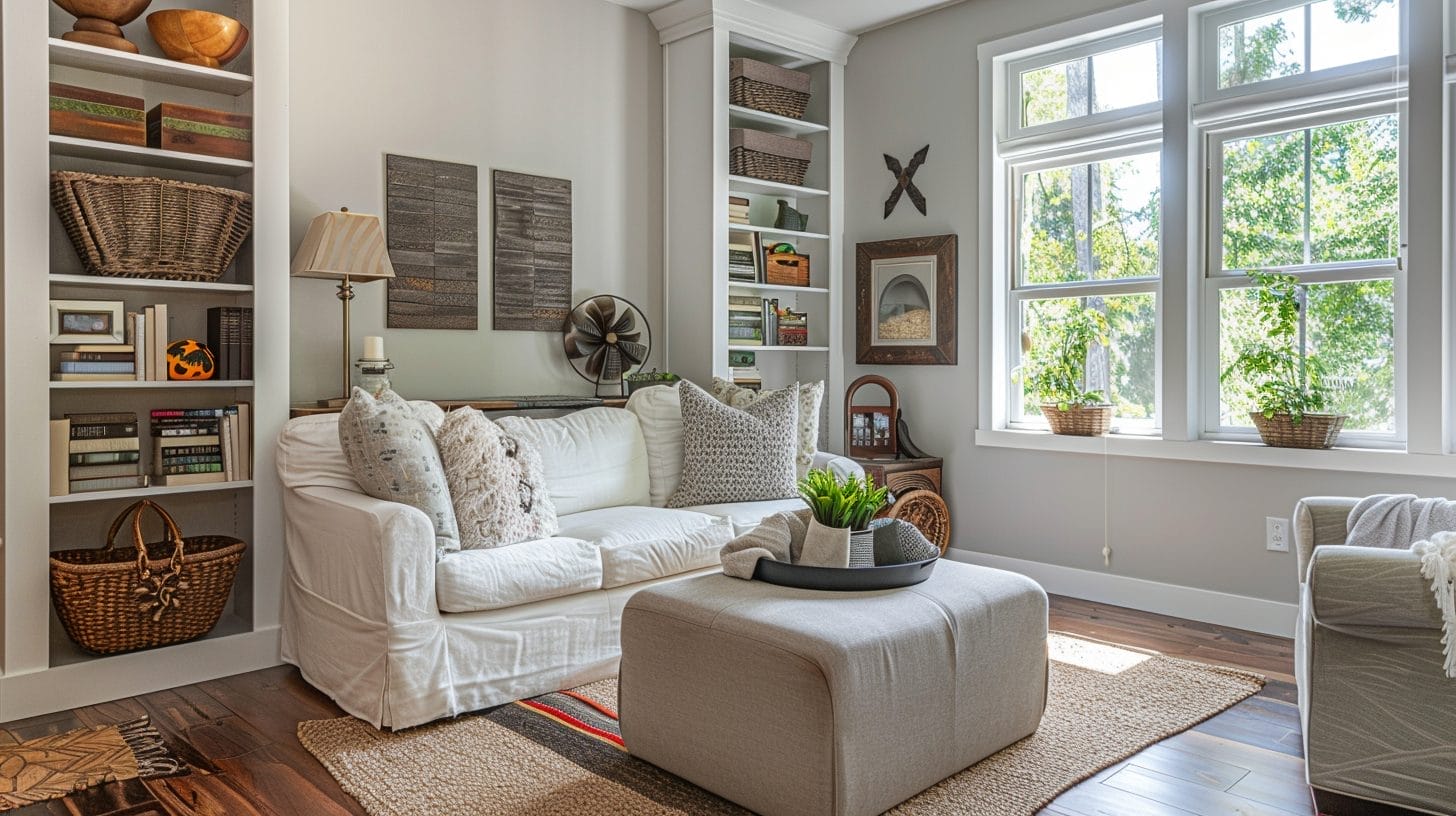What is Deck Mud
What is Deck Mud?
Have you ever heard of deck mud but don’t know what it is or how to use it? Deck mud is a kind of mortar used mainly to lay tile floors, fill joints and spaces, or create a grout float. Learn the basics of deck mud, discover the different types available, and determine the best uses for this versatile material. You’ll be a deck mud master in no time!
Uses of Deck Mud
Deck mud is an essential ingredient for any tiling or hardscaping project. It is used to fill the gaps and joints between tiles and create a level, flush surface for the tiles to adhere to.
Deck mud can also create a waterproofing barrier between the substrate and the tiles, sealing out moisture and preventing cracks from forming.
Additionally, deck mud helps to keep the tiles secure and in place. So, whether you’re doing a bathroom renovation or a patio makeover, get familiar with deck mud and all its uses!
Installing Tile Floors
Before you start installing tile floors, you’ll want to invest in some deck mud. This type of mud is a mixture of sand, cement, and lime that’s used to fill in the large gaps between your subfloor and the tile.
To achieve a successful tile installation, it’s crucial to choose the appropriate type of deck mud. This special material has the ability to resist pressure and create a solid foundation for your tiles.
So, before you lay down your tiles, be sure to pick up a bag of deck mud to help ensure that your tile floor will last for years to come.
Filling Joints or Spaces
If you’ve ever seen a deck, you’ve probably noticed the joints, or spaces, that separate the deck boards. Believe it or not, these ‘gaps’ actually play an important role in the stability of your deck. But, how do you keep the spaces filled and prevent your deck from becoming uneven?
Deck mud is the solution! Deck mud is a blend of cement, sand and water. When mixed and poured or spread in between the joints, deck mud provides the stability and structure that is needed for a strong and sturdy deck.
So whether you’re looking for an easy DIY project or want to make sure your deck is in tip-top shape, you may want to consider adding deck mud to your ‘to-do’ list!
Working with Shower Pans
When installing a shower pan, you may want to consider using deck mud instead of cement. Deck mud is a combination of sand, cement, and lime which provides a more stable and even floor for your shower pan. Deck mud not only improves your shower pan surface, but it also creates a waterproof seal. This prevents water from seeping into your walls or floors.
But before you begin working with deck mud, make sure to do your research first! You’ll want to investigate what type of mud is best for your particular application and read up on best practices when working with the material. Once you’re ready, you can mix up your own deck mud and get to work on a stronger and more water-resistant shower pan.
Creating a Grout Float
Creating a grout float out of deck mud is an incredibly simple and fun DIY project. The process only requires a few materials that you likely already have lying around the house. All you need is some deck mud, a mixing bowl, a mixing spoon, and a flat trowel.
Start by mixing the deck mud with some water until it has a thick, creamy consistency. Once your mud is ready, grab your trowel and fill it with the mud like you would a normal grout float. Make sure the mud is spread evenly across the trowel before letting it dry. After drying, your DIY grout float is ready to use!
Types of Deck Mud
Deck mud, also known as drywall mud, has been around for decades and is used for a variety of different applications. It comes in a variety of different forms depending on the project at hand.
Traditional deck mud is a mixture of portland cement, sand, and water that creates a thick paste-like consistency. The mud is then applied to the surface or deck of the project with a trowel, and left to dry for a few hours before it sets.
Lite deck mud is a newer form of deck mud that is less dense and more user-friendly, making it easier to apply and work with. It’s perfect for taping and finishing drywall joints, and gives projects a more professional look.
Ceramic deck mud is a type of deck mud that yields a smoother, more durable finish when applied. It’s often used for decks and other outdoor surfaces as it’s more resistant to moisture, temperature, and other elements.
No matter the type, deck mud is durable, cost-efficient, and most importantly, easy to work with. If you’re looking to give your next project a smooth, professional finish, deck mud is the perfect option.
Sand and Portland Cement Deck Mud
Deck mud is the perfect combination of sand and Portland cement, creating a material with amazing properties for creating sturdy contours in decks. Deck mud is a mixture of 3 parts sand and 1 part Portland cement and is perfect for creating a strong and level base for wooden decking.
Deck mud is versatile and can be used for tiling and decorating. It’s easy to shape, which makes it perfect for creating different designs for decks and patios. So if you’re looking for the perfect material to add strength and pizzazz to your deck design, deck mud is the way to go!
Pre-Mixed Dry Pack Mortar
Deck mud, or pre-mixed dry pack mortar, is a very specialized type of mortar made specifically for tiling decks and other outdoor surfaces. It is composed of sand, Portland cement, and other additives, creating a highly resistant mix to water and other environmental elements.
Deck mud is designed to be extremely trowel-able, so it can be easily applied and shaped to the contours of the surface it’s working on. Deck mud is your go-to choice when it comes to tiling exterior surfaces, as it will ensure a strong, durable, watertight bond that will last you for years. So the next time you’re tackling a tiling project, remember to ditch the all-purpose mortar and go for the pre-mixed dry-pack mortar – your deck will thank you.
Considerations when Using Deck Mud
When using deck mud, it is important to ensure that the area is properly prepped and the right type of mud is chosen for the job. Deck mud should be mixed with water to achieve an even consistency and should be applied in layers for best results.
Let the mud dry before applying more layers to avoid a weak or uneven surface from excess moisture. Lastly, be sure to check the manufacturer’s instructions as each product may require slightly different techniques.
Q: What is Deck Mud?
A: Deck mud is a concrete-like mixture that is used to create a sturdy base for masonry work, such as shower floors or other flat surfaces. It’s a wet mix of sand and cement that fully covers the particles of sand. This creates a tough and sturdy foundation.
Q: How do I make Deck Mud?
A: To make deck mud, you will need 5 parts sand to 1 part cement. Mix the sand and cement together in a mixing tray, gradually adding just enough water to dampen the mixture. Mix well until the deck mud mixture has a uniform consistency and is slightly damp. Be careful not to use too much water, as this can cause the mud to shrink as it dries.
Q: Is it possible to make a shower floor from scratch?
A: Yes, it is more than possible to make a shower floor from scratch using deck mud. In fact, it is a common practice among masonry contractors and professionals.
Q: Can I use Quikrete instead of making my own Deck Mud?
A: Yes, Quikrete offers a product called Topping Mix which can be used as an alternative to making your own deck mud. However, the ratio of sand to cement is different than the traditional deck mud ratio, so be sure to follow the instructions on the bag carefully.
Q: What ratio of sand and cement is suitable for Deck Mud?
A: The traditional ratio for making deck mud is 5 parts sand to 1 part cement. However, as mentioned before, if you are using a pre-made product like Quikrete’s Topping Mix, the ratio may be different.
Q: What does Deck Mud contain?
A: Deck mud is primarily made up of sand and cement, with a small amount of water added to create a damp mixture.
Q: How do I pack the Deck Mud?
A: Packing the deck mud is an important step in making sure your masonry work comes out sturdy and level. After you have formed a bed of the deck mud on the surface you are working on, use a trowel to pack the mixture down firmly. The harder you pack the deck mud, the more stable your surface will be.
Q: Will the Deck Mud shrink as it dries?
A: If you use too much water in your deck mud mixture, it can cause the mud to shrink as it dries. This can lead to an uneven surface that may not be structurally sound. Be sure to use the correct amount of water in your deck mud mixture to avoid this problem.
Q: Can I add latex to my Deck Mud mixture?
A: Yes, adding a small amount of latex to your deck mud mixture can make it more flexible and resistant to cracking over time. However, be sure to follow the manufacturer’s instructions carefully and only use the recommended amount of latex.
Q: How thick should I lay my Deck Mud?
A: The recommended thickness for laying down deck mud is usually around 1.5 inches. However, the quantity and thickness of the deck mud may vary depending on the specific project you are working on.

